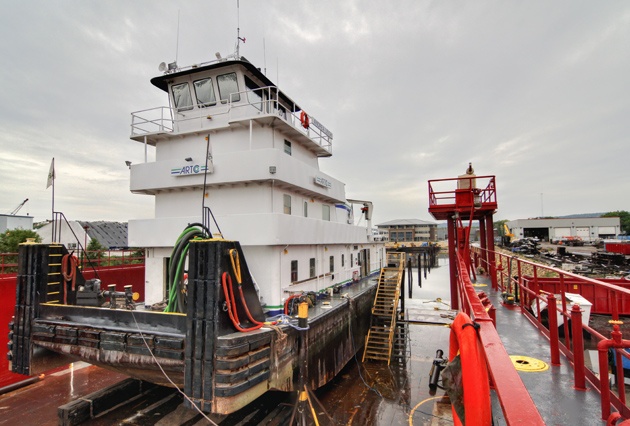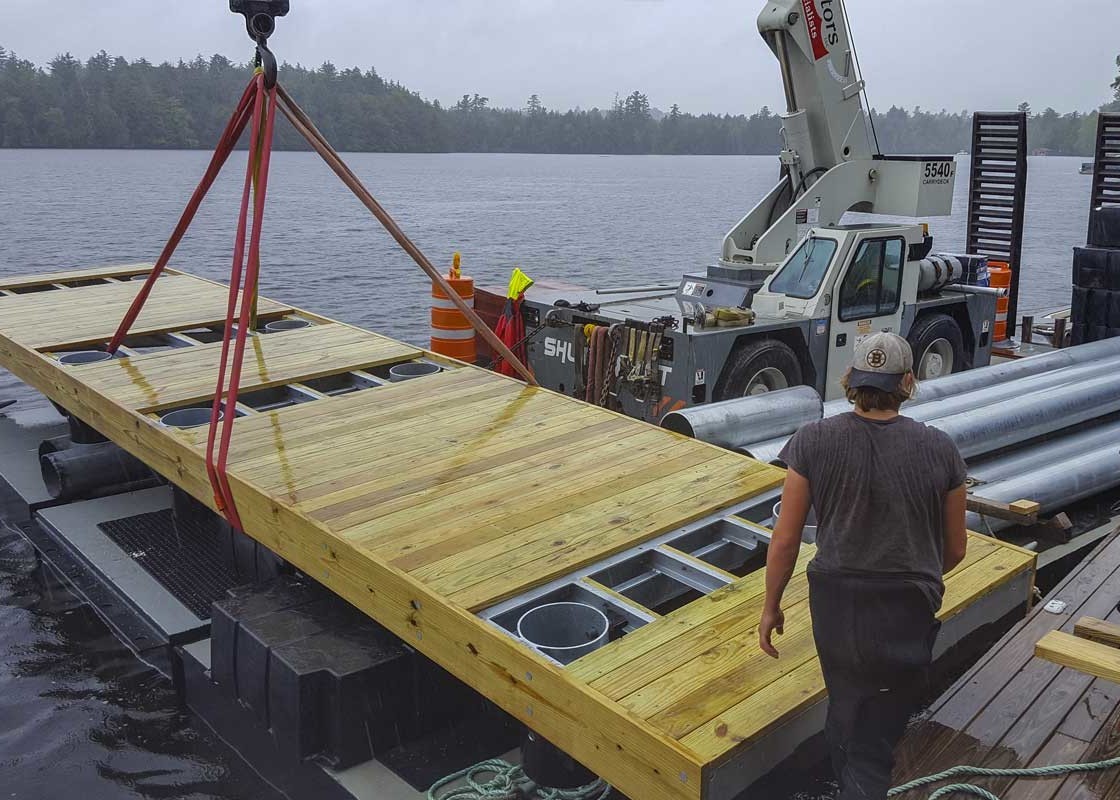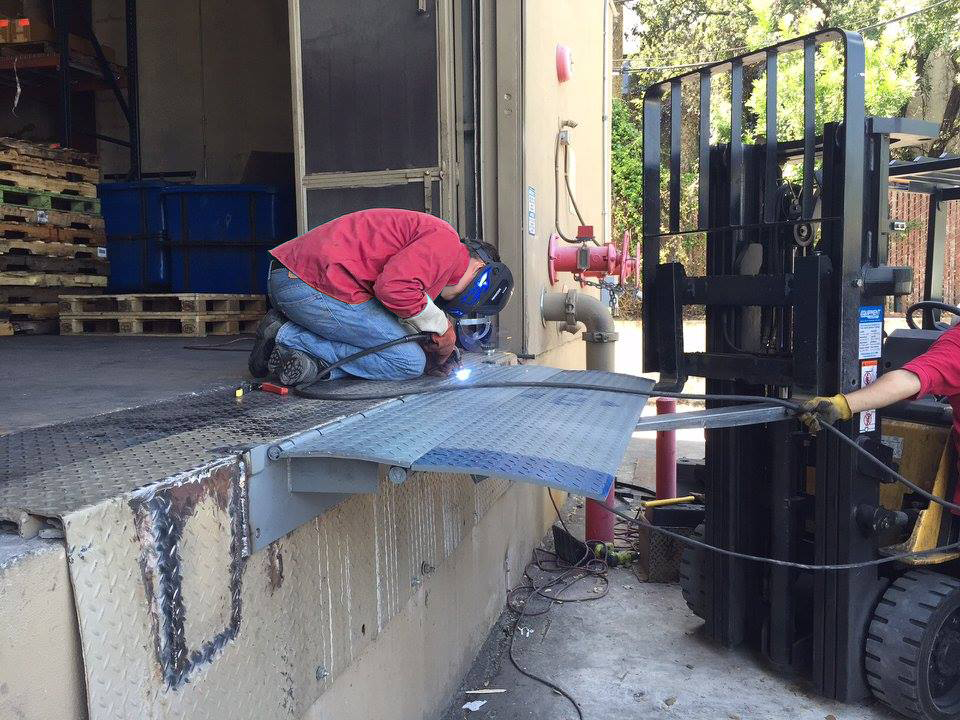Efficient Dock Repair Work Techniques: Making Certain Structural Stability
Guaranteeing the structural stability of docks through efficient repair work strategies is extremely important for the longevity and safety of marine facilities. Ultimately, selecting the right fixing products, such as corrosion-resistant alloys and composite products, is crucial for sturdiness.
Assessing Dock Damage
Evaluating dock damages is a vital initial step in making certain the architectural stability and security of any kind of docking facility. Trick aspects to analyze consist of the dock's structure, pilings, outdoor decking, and hardware (Dock Repairs).
Architectural designers or certified examiners typically do these analyses using specialized tools and strategies. Underwater examinations might utilize finder tools or from another location ran vehicles (ROVs) to discover immersed damage. Over water, visual examinations are matched by utilizing moisture meters and various other analysis devices to reveal underlying issues not instantly visible to the naked eye.

Picking Repair Work Materials
Selecting the appropriate repair service products is an essential step in the dock repair procedure, one that directly influences the longevity and performance of the repaired structure. Product choice must be driven by elements such as environmental problems, load-bearing demands, and compatibility with existing dock parts.
In addition to timber, composite materials are significantly popular as a result of their durability and reduced maintenance requirements. Compounds, usually made from a blend of plastic and wood fibers, provide exceptional resistance to rot, pests, and UV damages. For steel anchors, selecting corrosion-resistant alloys such as galvanized steel or marine-grade light weight aluminum is important to avoid corrosion and make sure structural stability in saline water conditions.
Epoxy resins and marine-grade sealers are vital for repairing splits and securing joints, providing a waterproof obstacle and boosting the dock's total strength. By thoroughly selecting high-grade materials, dock repair services can attain resilient results, therefore securing against future destruction and making sure safe, dependable usage.
Architectural Support Techniques
Effective structural reinforcement techniques are essential in making certain the security and long life of dock repair services. This method is especially efficient for docks subjected to heavy lots or severe environmental problems.
An additional crucial technique is the application of fiber-reinforced polymers (FRP) These products provide high strength-to-weight proportions and excellent resistance to deterioration, making them ideal for strengthening concrete or wood anchors. FRP can be used in sheets or strips and bound with epoxy materials to improve architectural honesty.
Bracing and securing systems also play a critical duty in structural support. Cross-bracing, using steel or wooden beam of lights, can counteract lateral pressures, reducing persuading and motion. Anchoring systems, such as helical piers or driven stacks, offer a stable foundation by moving tons to much deeper, more steady dirt layers.
Finally, the integration of load-distribution plates can help disperse weight much more uniformly across the dock's surface, minimizing local stress points. These methods jointly guarantee that docks continue to be secure and robust, capable of withstanding the roughness of their operational atmosphere.
Advanced Repair Service Approaches

An additional advanced strategy entails underwater welding, which enables repair work to be carried out without the need to dewater the area. This method is specifically beneficial for addressing architectural issues in immersed dock parts, guaranteeing minimal interruption to procedures. Boosted welding techniques, combined with robot systems, supply accuracy and reliability, thus prolonging the life-span of the dock.
In addition, cathodic protection systems are applied to avoid corrosion in metallic dock structures. By utilizing sacrificial anodes or pleased current systems, these methods properly mitigate the electrochemical processes that result in material degeneration.
Last but not least, progressed monitoring technologies, such as structural health surveillance (SHM) systems, provide real-time information on the problem Extra resources of dock frameworks. These systems make it possible for aggressive upkeep and timely treatments, ultimately ensuring the long-term structural integrity of the dock.
Maintenance and Avoidance
Maintenance and avoidance are basic ideas that underpin the longevity and security of dock structures. Regular examinations are critical, permitting very early detection of damage, prospective weak points, and ecological effects. A proactive technique, including regular look for rust, rot, and architectural shifts, reduces costly repair work and prolongs the dock's operational life.
Safety nets should consist of using protective finishes to steel components to secure against corrosion and making use of treated wood to stand up to decay. Furthermore, ensuring appropriate drain and air flow can stop water buildup, which is a typical cause of structural destruction. Integrating top quality materials and sticking to producer standards throughout construction and fixing stages likewise play crucial duties in boosting toughness.

Educating workers in dock maintenance ideal techniques ensures regular application of precautionary measures. Leveraging technical breakthroughs, such as drones for evaluations and sensing units like this for real-time surveillance, can even more improve upkeep initiatives. By prioritizing upkeep and prevention, dock owners can guarantee architectural stability, operational security, and cost-efficient monitoring over the dock's lifespan.
Verdict
In conclusion, preserving the structural honesty of aquatic centers necessitates extensive dock repair techniques. Advanced fixing strategies, coupled with regular maintenance techniques, make certain the dock continues to be risk-free and functional under varied ecological conditions.
Ensuring the architectural honesty of anchors via efficient fixing strategies is paramount for the long life and security of aquatic facilities.Picking the ideal repair work materials is an essential step in the dock restoration process, one that directly affects the durability and performance of the fixed structure.Effective architectural reinforcement techniques are critical in making sure the stability and longevity of dock repairs. By prioritizing maintenance and prevention, dock proprietors can make sure structural honesty, operational safety, and affordable monitoring over the dock's lifespan.
In final thought, maintaining the architectural integrity of marine facilities requires thorough dock repair work strategies.
Comments on “Important Overview to Budget Friendly Dock Repairs for Homeowners”